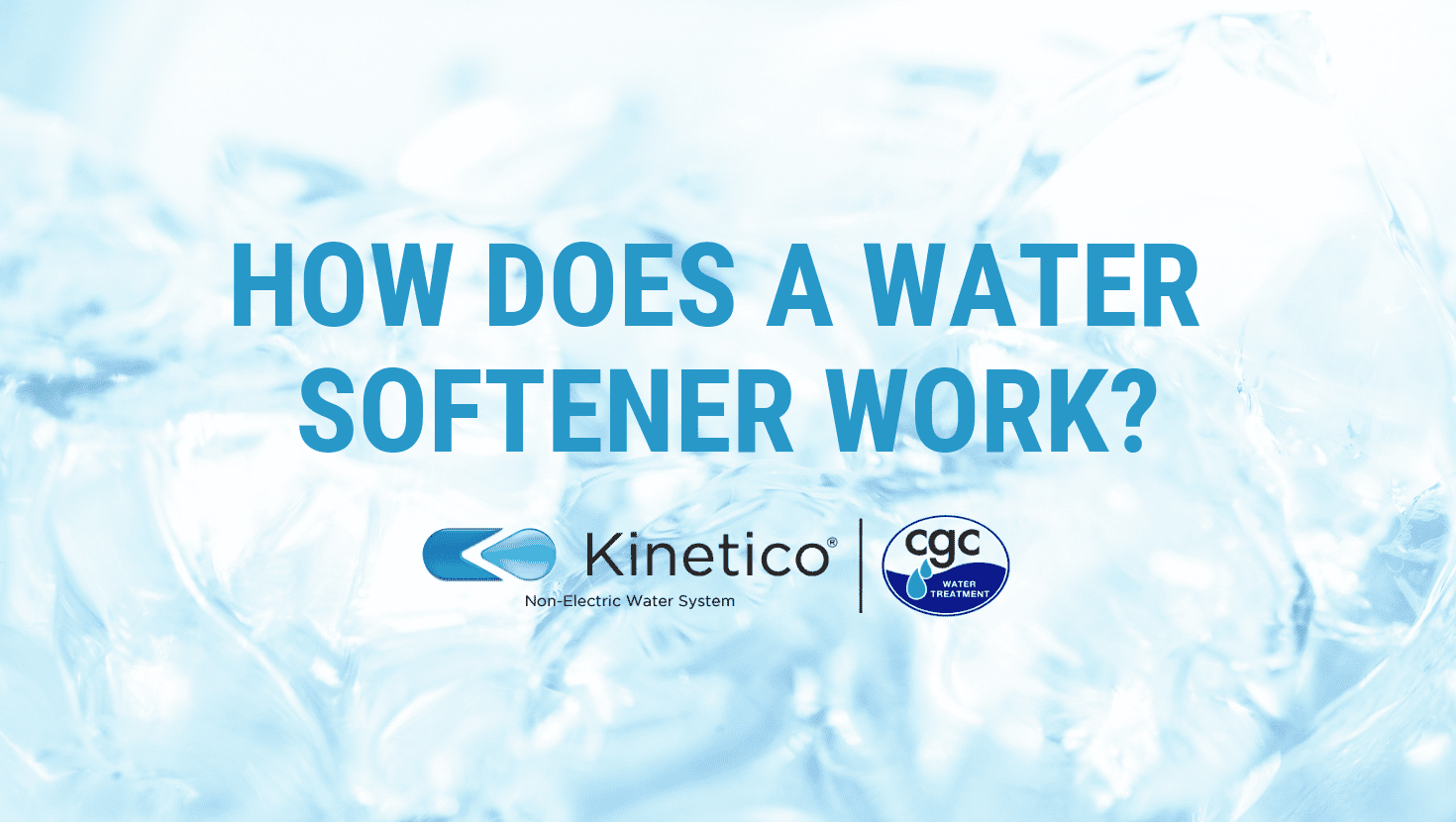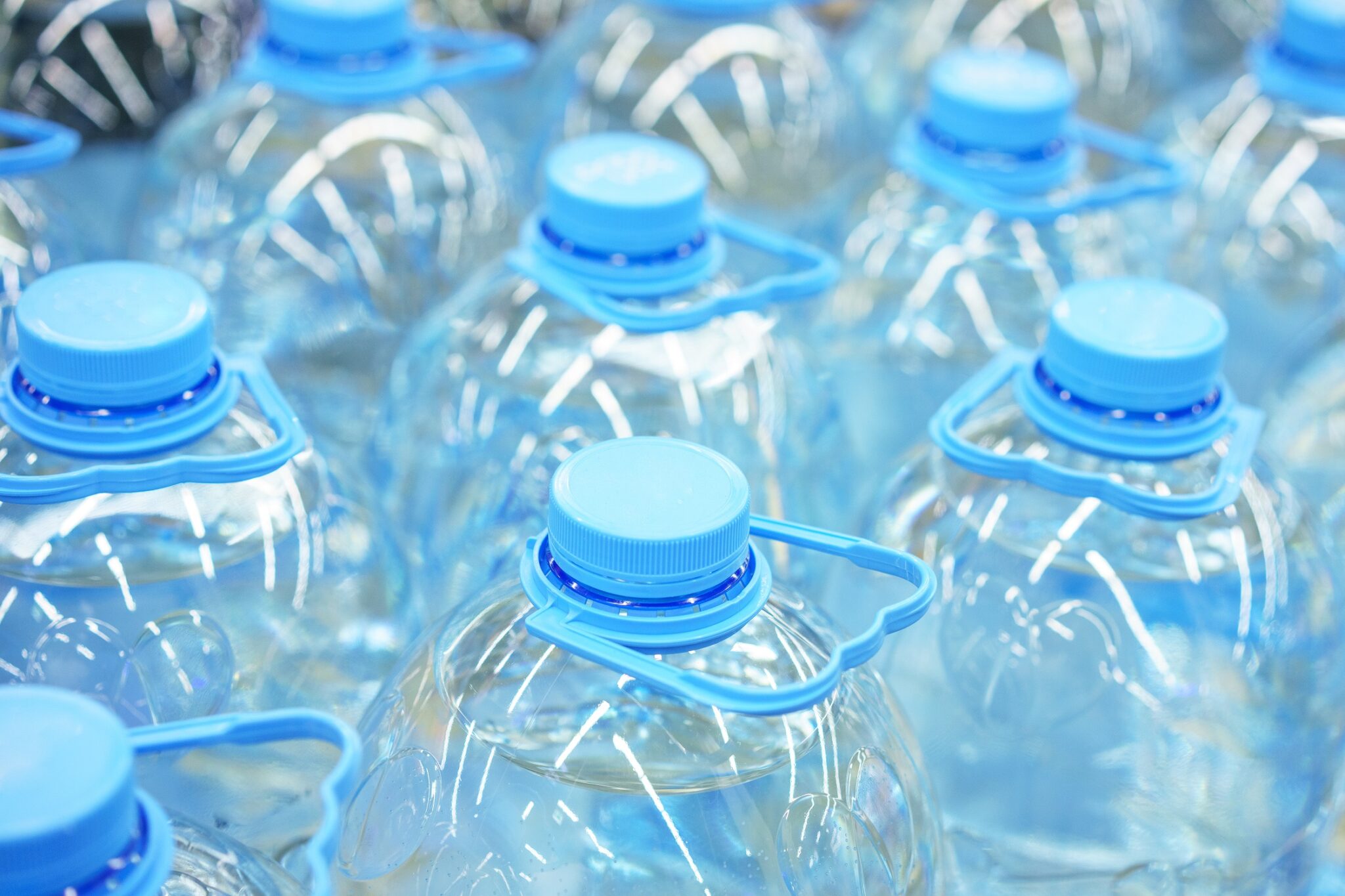There may come a time when you realize you have hard water. Although it doesn’t pose a health hazard, hard water can affect your life in many ways:
- Leaves skin and hair dry
- Reduces the lifespan of household appliances
- Increases the difficulty of washing clothes and dishes
With this in mind, it’s time to get rid of your hard water through the use of a water softener. With this in place, you no longer have to worry about the large amounts of calcium and magnesium that have plagued you in the past.
How It Works
A water softener is nothing more than a mechanical appliance plumbed into your home’s water supply. With this in the right location, you can be rest assured that every bit of water that enters your home is treated.
All water softeners are designed to trade minerals, such as calcium and magnesium, for something else, most commonly sodium.
Water softeners consist of a mineral tank, which is full of polystyrene beads that carry a negative charge.
Since calcium and magnesium carry a positive charge in water, both minerals will stick to the beads as water passes through the tank.
When your water softener is working as intended, here’s a basic break down of what happens:
- Hard water enters the tank
- Calcium and magnesium ions cling to the beads
- Sodium ions enter the water
- Once the beads are covered in calcium and magnesium, a regenerating cycle kicks in
- The backwash phase flushes dirt and debris from the tank
- The recharge phase moves the solution from the brine tank to the mineral tank
- Sodium clings to the beads, thus replacing the calcium and magnesium, which immediately goes down the drain
Although this sounds complicated, you don’t need to know exactly how a water softener works. All you have to concern yourself with is testing your water, installing the right water softener (if required), and letting it do its job.







